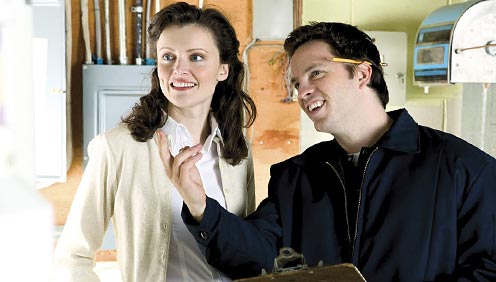If you have hard water, usually only present in well water here in BC, you probably don't want to hear that hot water heaters and hard water are not usually the best of friends. Unfortunately, however, the one thing that lowers the efficiency of water heaters and increases its operating costs is hard water. We'll explain.
Gas Water Heater
If you have a gas water heater, the lime settles to the bottom of the tank and creates a layer that heat must pass through to heat the water. The layer of lime accumulates over time, eventually reducing the overall efficiency of the heater. It'll also increase costs through longer heating cycles, and eventually, the capacity of the water heater tank is reduced.
Electric water heaters find lime building up on the heating elements in addition to settling to the bottom of the tank. This also means a reduction in efficiency, an increase in operating costs and a reduction in capacity. On-demand, or tankless, water heaters can also have scale formation inside of the heat exchanger.
Flushing the Water Heater
If you have lime build-up in your water heater won't do much to remove the lime that has built-up in the tank. If you flush the water heater, the force of the water helps to remove some of the lime built-up on the bottom of the tank.
To flush a water heater, connect a garden hose to the drain valve that's on the bottom of the water heater, and then open the valve. In order for this to be effective, you'll want to do this about every three months, or depending on how hard the water is. Tankless water heaters often have a flushing kit installed to facilitate cleaning of the internal components.
For more information, please reach out to us.



